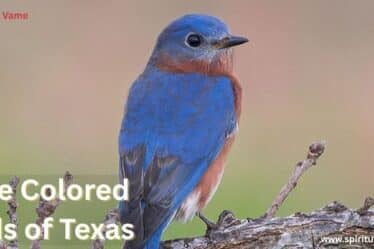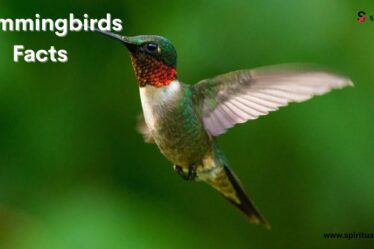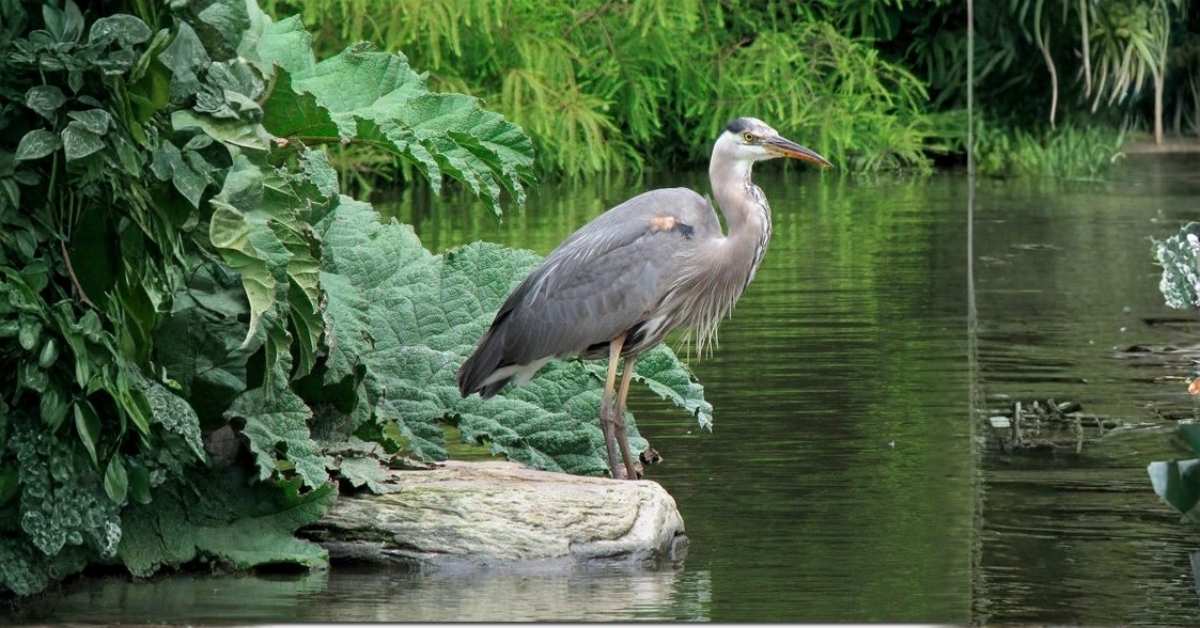
California’s diverse ecosystems, from coastal wetlands to inland marshes, provide ideal habitats for a variety of heron species. These majestic birds, known for their graceful movements and striking appearances, play a vital role in the state’s rich biodiversity. Observing herons in their natural habitats offers a glimpse into the intricate balance of California’s ecosystems and underscores the importance of conservation efforts to protect these avian species.
11 Herons that are Common in California
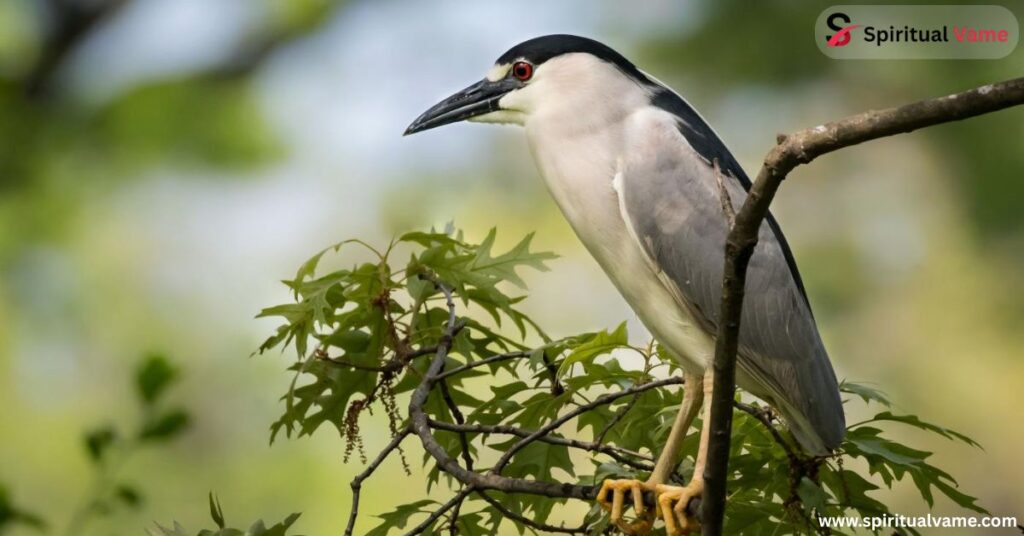
1. Great Blue Heron
The Great Blue Heron (Ardea herodias) stands as the largest heron in North America, easily recognizable by its blue-gray plumage and impressive wingspan that can reach up to 79 inches. These birds are commonly found along the edges of rivers, lakes, and wetlands throughout California, where they hunt for fish, amphibians, and small mammals. Their solitary feeding habits and slow, deliberate movements make them a captivating sight for birdwatchers. During the breeding season, Great Blue Herons nest in colonies known as heronries, often situated in tall trees near water bodies. Their stick nests can be reused and expanded over the years, reflecting their adaptability and resilience in various environments.
2. Black-crowned Night Heron
The Black-crowned Night Heron (Nycticorax nycticorax) is a medium-sized heron with a distinctive black crown and back, contrasting with its white underparts and gray wings. Unlike other herons, they are primarily nocturnal, feeding at night on fish, crustaceans, and small vertebrates. These birds are commonly found in wetlands across California, often nesting in colonies in trees or shrubs near water. Their red eyes and stocky build make them easily identifiable, and their presence indicates healthy wetland ecosystems.
3. Great Egret
The Great Egret (Ardea alba) is a tall, elegant bird with all-white plumage, a long yellow bill, and black legs and feet. Commonly seen in both freshwater and saltwater habitats, they feed on fish, frogs, and small mammals. Their graceful flight and striking appearance make them a favorite among bird enthusiasts. Great Egrets nest in colonies, often with other wading birds, building platform nests in trees or shrubs. Their presence in California’s wetlands highlights the importance of preserving these habitats for future generations.
4. Snowy Egret
The Snowy Egret (Egretta thula), a smaller heron, shows off its pure white feathers, black legs, and bright yellow feet. These birds often forage actively in shallow waters, stirring up prey like fish and crustaceans with their feet. Their lively hunting behavior and elegant appearance make them a delightful sight in California’s marshes and estuaries. Snowy Egrets nest in colonies, building nests in trees or shrubs near water, and their breeding success is closely tied to the health of wetland ecosystems.
5. Cattle Egret
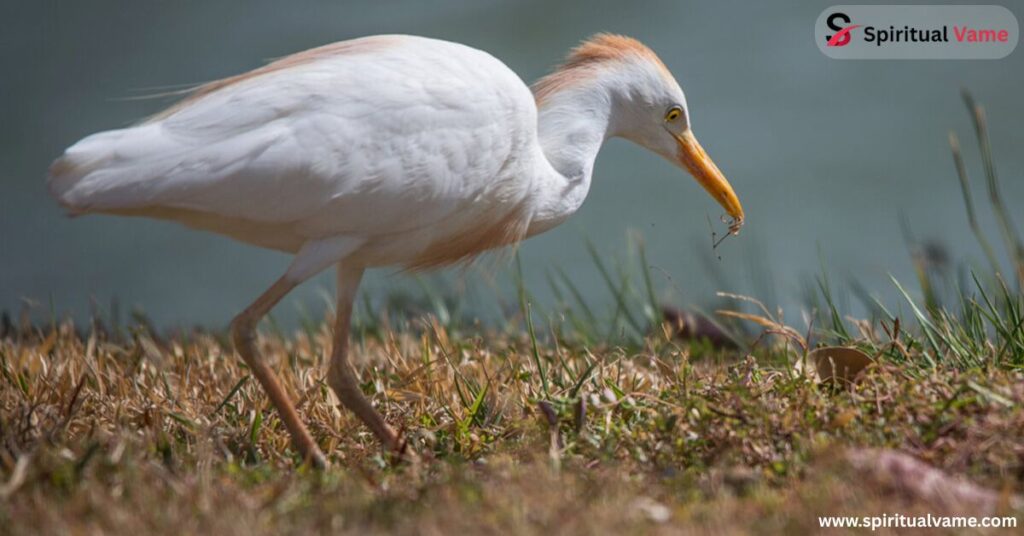
The Cattle Egret (Bubulcus ibis) is a small, stocky heron with a white body and, during the breeding season, orange-buff plumes on the head, chest, and back. Unlike other herons, they are often found in dry fields and pastures, frequently seen following livestock to catch insects stirred up by the animals. Their adaptability to various habitats, including urban areas, showcases their resilience and the dynamic nature of avian species in California. Cattle Egrets nest in colonies, often with other wading birds, and their nesting sites are typically located near water sources.
6. Green Heron
The Green Heron (Butorides virescens) is a small, stocky bird with a dark greenish-black cap, a rich chestnut body, and a greenish back. Known for their intelligence, Green Herons have been observed using tools, such as dropping insects or other objects onto the water’s surface to lure fish. They prefer secluded wetlands, ponds, and streams, where they hunt by standing still or slowly stalking their prey. Their secretive nature makes them a rewarding find for patient birdwatchers.
7. Yellow-crowned Night-Heron
The Yellow-crowned Night-Heron (Nyctanassa violacea) is a medium-sized heron with a distinctive yellow crown and a gray body. Primarily nocturnal, they feed on crustaceans, especially crabs and crayfish, in coastal and wetland habitats. Their stout build and relatively short legs differentiate them from other heron species. In California, they appear less often but occupy suitable habitats, especially during the breeding season when they build nests in trees or shrubs near water.
The Little Blue Heron (Egretta caerulea) is a medium-sized heron with a slate-blue body and a purplish head and neck. Juvenile birds are entirely white, gradually acquiring their adult coloration over time. They are typically found in shallow freshwater habitats, where they forage for fish, amphibians, and invertebrates. Their solitary feeding habits and graceful movements make them a serene presence in California’s wetlands.
9. Tricolored Heron
The Tricolored Heron (Egretta tricolor) is a slender, medium-sized heron with a mix of blue-gray, lavender, and white plumage. They are active foragers, often seen darting through shallow waters in pursuit of fish and other prey. While they live more commonly in the southeastern United States, they occasionally appear in California’s coastal wetlands, especially during migration periods. Their dynamic hunting style and striking appearance make them a fascinating species to observe.
10. American Bittern
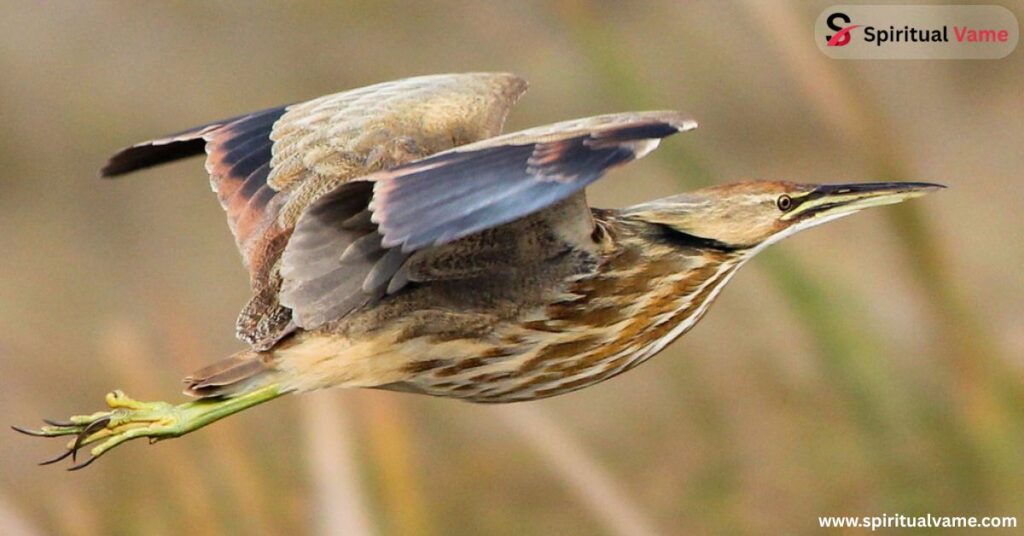
The American Bittern (Botaurus lentiginosus) is a stocky, medium-sized heron with brown and buff streaked plumage, providing excellent camouflage among reeds and marsh vegetation. They are secretive birds, often remaining motionless to avoid detection. Their distinctive booming call, resembling a water pump, is more often heard than the birds are seen. American Bitterns inhabit freshwater wetlands and are indicators of healthy, undisturbed marsh ecosystems in California.
11. Reddish Egret
The Reddish Egret (Egretta rufescens), a medium-sized heron, shows off its shaggy reddish neck and actively forages by running and flapping its wings to chase fish in shallow waters.They prefer coastal lagoons, salt flats, and estuaries. Although rare in California, occasional sightings occur, making them a prized find for birdwatchers. Their presence underscores the importance of preserving diverse coastal habitats to support a wide range of avian species.
What kinds of herons can you find in California?
California’s varied landscapes, including its extensive wetlands, rivers, and coastal areas, provide ideal environments for a multitude of heron species. Birdwatchers and nature enthusiasts can observe these birds engaging in behaviors such as foraging, nesting, and migration throughout the year. The state’s commitment to environmental protection has facilitated the preservation of these habitats, allowing heron populations to flourish.
By exploring California’s natural areas, individuals can witness the remarkable diversity of herons and gain a deeper appreciation for the intricate balance of the state’s ecosystems. Engaging in birdwatching and supporting conservation initiatives contribute to the ongoing efforts to protect these avian species and their habitats, ensuring that the Golden State remains a sanctuary for herons and other wildlife
Conclusion
Herons of California are a beautiful part of the state’s natural world. These birds live in wetlands, rivers, and coastal areas across the Golden State. Watching herons of California is peaceful and exciting. You can see them hunt, fly, and build nests. Their unique colors and behaviors make them easy to enjoy.
We must protect the habitats that herons of California call home. Wetlands are shrinking, but these birds still depend on them to live. The more we learn about herons of California, the more we understand their value to nature. Birdwatching herons of California helps raise awareness and supports conservation for future generations.


